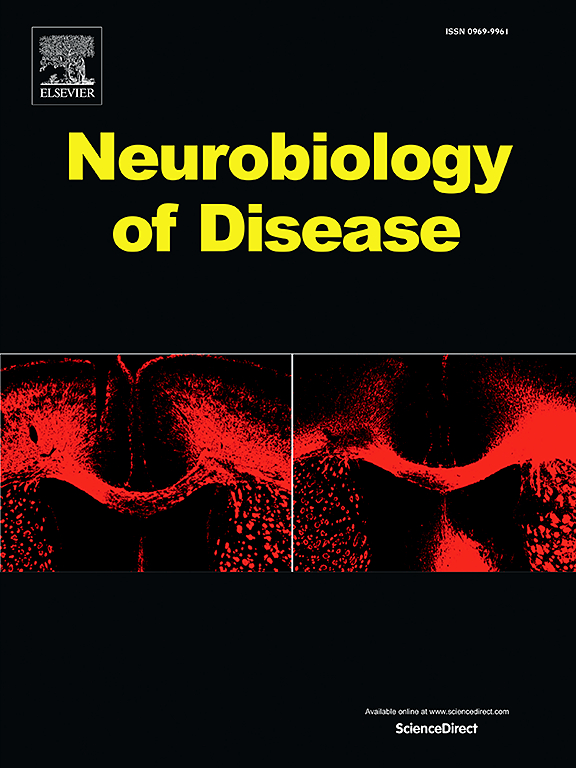广泛的恶性综合征。
IF 5.1
2区 医学
Q1 NEUROSCIENCES
引用次数: 0
摘要
恶性综合征是一组以临床表现演变迅速为特征的病症,如果不及时治疗,有可能导致危及生命的并发症。这些综合征可导致多系统器官衰竭和死亡,给诊断和治疗带来巨大挑战。尽管这些综合征的特征和起源各不相同,但其临床表现、病理生理学和紧急医疗干预的必要性却十分相似。虽然不同的机制最初可能会引发不同的恶性综合征,但导致类似体征和症状的最终共同途径涉及各种神经递质系统,包括多巴胺能、血清素能、GABA 能、甘氨酸能和谷氨酸能通路。这篇叙述性综述探讨了恶性综合征的临床表现和潜在病因,既突出了共同的病理生理机制,又强调了早期识别和干预对减轻潜在致命后果的极端重要性。虽然临床表现各异,运动和非运动表现也不尽相同,但大多数恶性综合征都会急性、快速地破坏生理功能,包括体温调节、新陈代谢、自主神经系统控制和意识维持。这些综合征可能会导致严重的发病率和死亡率,因此迫切需要了解其临床特征、内在机制和适当的管理策略。本文章由计算机程序翻译,如有差异,请以英文原文为准。
The broad spectrum of malignant syndromes
Malignant syndromes represent a group of medical conditions characterized by a rapid evolution of clinical manifestations, potentially leading to life-threatening complications if left untreated. These syndromes pose significant challenges for diagnosis and management, as they can lead to multisystem organ failure and death. Despite distinct features and origins, these syndromes share similar clinical presentation, pathophysiology, and the imperative for urgent medical intervention. While distinct mechanisms may initially trigger the different malignant syndromes, a final common pathway leading to similar signs and symptoms involves various neurotransmitter systems, including dopaminergic, serotonergic, GABAergic, glycinergic, and glutamatergic pathways. This narrative review examines the clinical presentations and potential causes of malignant syndromes, both highlighting shared pathophysiological mechanisms and emphasizing the critical importance of early recognition and intervention to mitigate potentially fatal outcomes. Although clinically heterogeneous, with variable motor and non-motor manifestations, most malignant syndromes share acute and rapid disruptions in physiological functions, including body temperature regulation, metabolism, control of the autonomic system and maintenance of consciousness. The potential for severe morbidity and mortality associated with these syndromes emphasizes the critical need for understanding their clinical characteristics, underlying mechanisms, and appropriate management strategies.
求助全文
通过发布文献求助,成功后即可免费获取论文全文。
去求助
来源期刊

Neurobiology of Disease
医学-神经科学
CiteScore
11.20
自引率
3.30%
发文量
270
审稿时长
76 days
期刊介绍:
Neurobiology of Disease is a major international journal at the interface between basic and clinical neuroscience. The journal provides a forum for the publication of top quality research papers on: molecular and cellular definitions of disease mechanisms, the neural systems and underpinning behavioral disorders, the genetics of inherited neurological and psychiatric diseases, nervous system aging, and findings relevant to the development of new therapies.
 求助内容:
求助内容: 应助结果提醒方式:
应助结果提醒方式:


